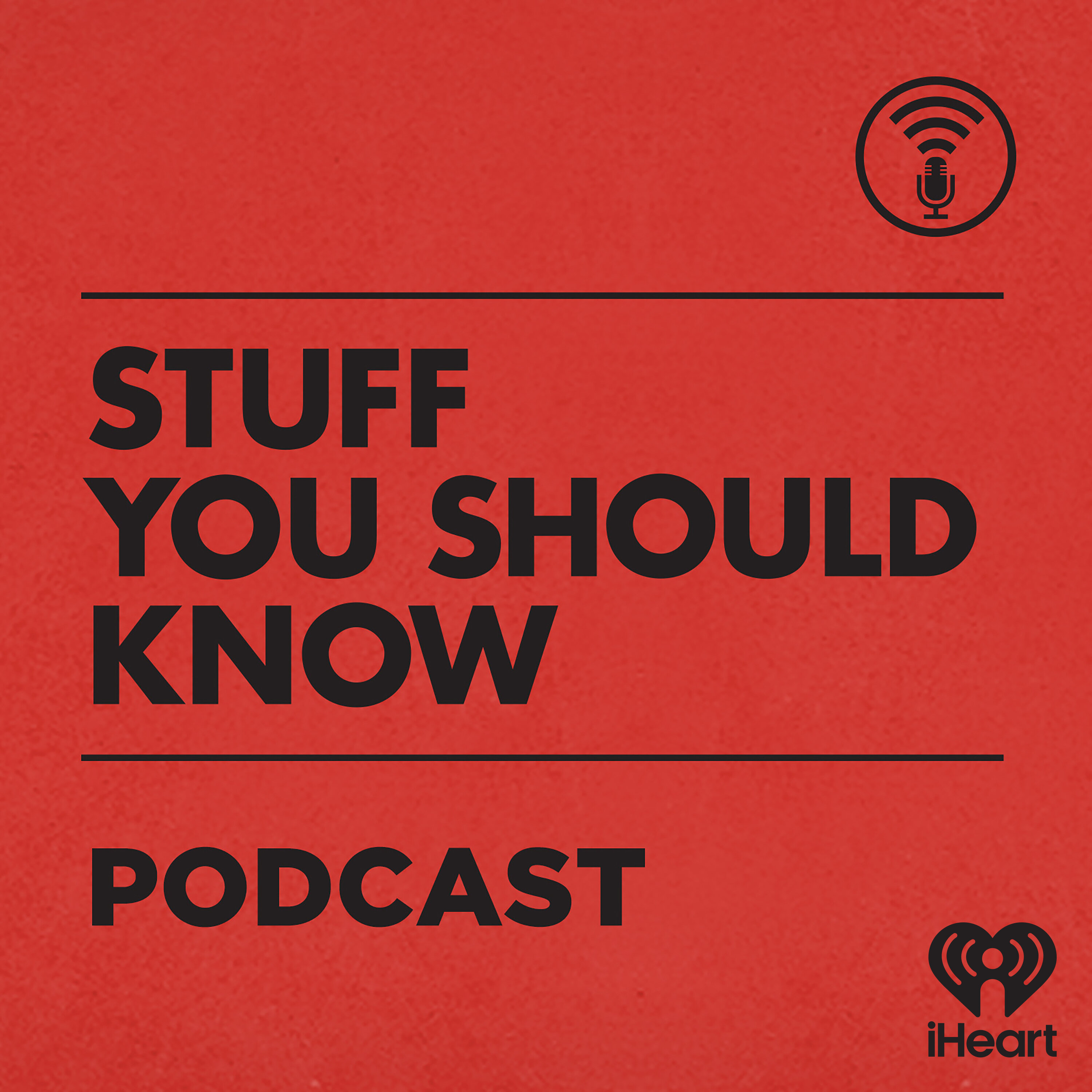
Deep Dive
What are the two main areas of forensic dentistry?
Forensic dentistry is divided into two main areas: identification of deceased individuals using dental records and the more controversial bite mark analysis, which is now widely considered junk science.
Why are teeth particularly useful in identifying deceased individuals?
Teeth are the strongest part of the body and can survive extreme conditions such as fire, chemical exposure, and explosions up to 2,000 degrees Fahrenheit. Tooth pulp, or dental tissue inside the tooth, is also highly resistant to environmental damage, making DNA extraction viable.
What role did forensic dentistry play in the Ted Bundy case?
Forensic dentistry was crucial in convicting Ted Bundy. He left clear bite marks on one of his victims, Lisa Levy, during the Chi Omega sorority house murders. His crooked front teeth matched the bite marks, providing key evidence for his conviction.
How do forensic dentists use dental records for identification?
Forensic dentists use detailed dental records, including tooth charts, x-rays, and notes on dental work, to identify deceased individuals. These records document variations in teeth, dental work, and conditions like periodontal disease, which help match remains to individuals.
What is the controversy surrounding bite mark analysis in forensic dentistry?
Bite mark analysis is controversial because it lacks scientific reliability. Studies show that bite marks can be distorted by skin elasticity, bruising, and other factors, leading to misidentification. Many wrongful convictions have been linked to this method, and it is now widely regarded as junk science.
What is the 'West Phenomenon' in forensic dentistry?
The 'West Phenomenon' is a discredited technique developed by Michael West, who claimed that using special goggles and UV light, he could resurrect healed bite marks and use them for identification. This method has been debunked and led to wrongful convictions.
How did forensic dentistry contribute to understanding the Black Death?
Forensic dentistry helped confirm the cause of the Black Death by extracting DNA from the tooth pulp of medieval plague victims. This provided definitive evidence that Yersinia pestis, a bacteria carried by fleas, was responsible for the pandemic.
What are the current guidelines for bite mark analysis in forensic dentistry?
Current guidelines limit forensic dentists to three conclusions: exclude (the suspect could not have made the bite), not exclude (the suspect could have made the bite), or inconclusive. They are no longer allowed to claim a definitive match due to the lack of scientific reliability.
Shownotes Transcript
We've all heard it - local news reports identifying a body from dental records. But how does this work? Well, that's our job!
See omnystudio.com/listener) for privacy information.